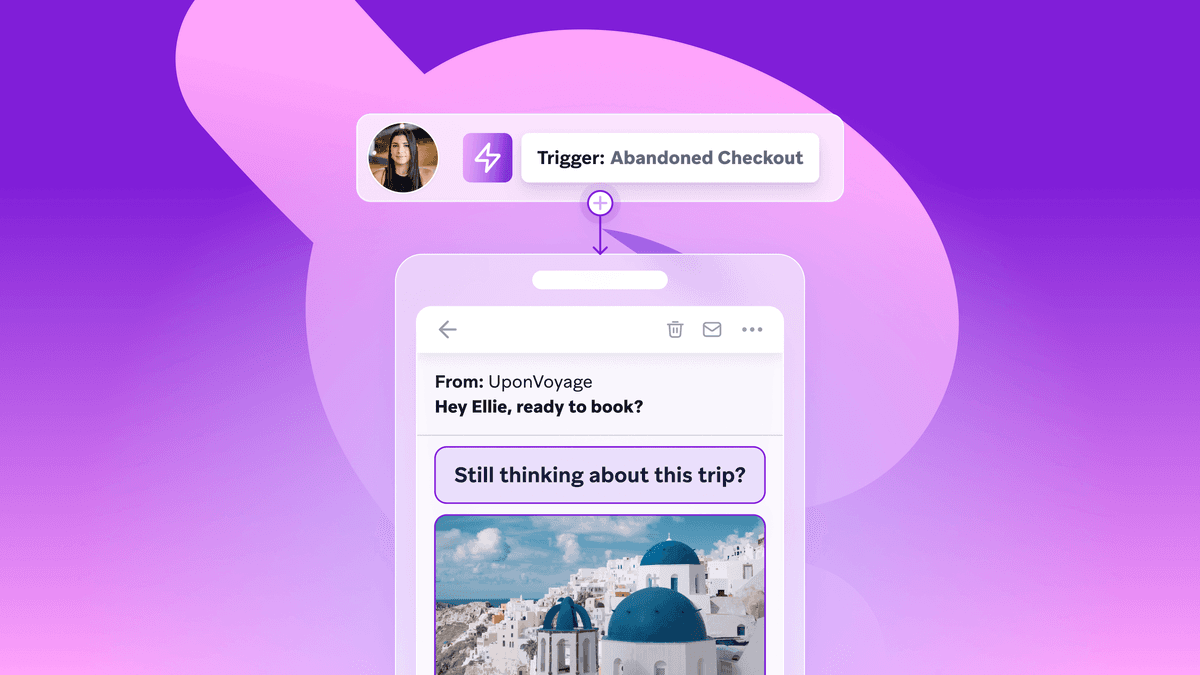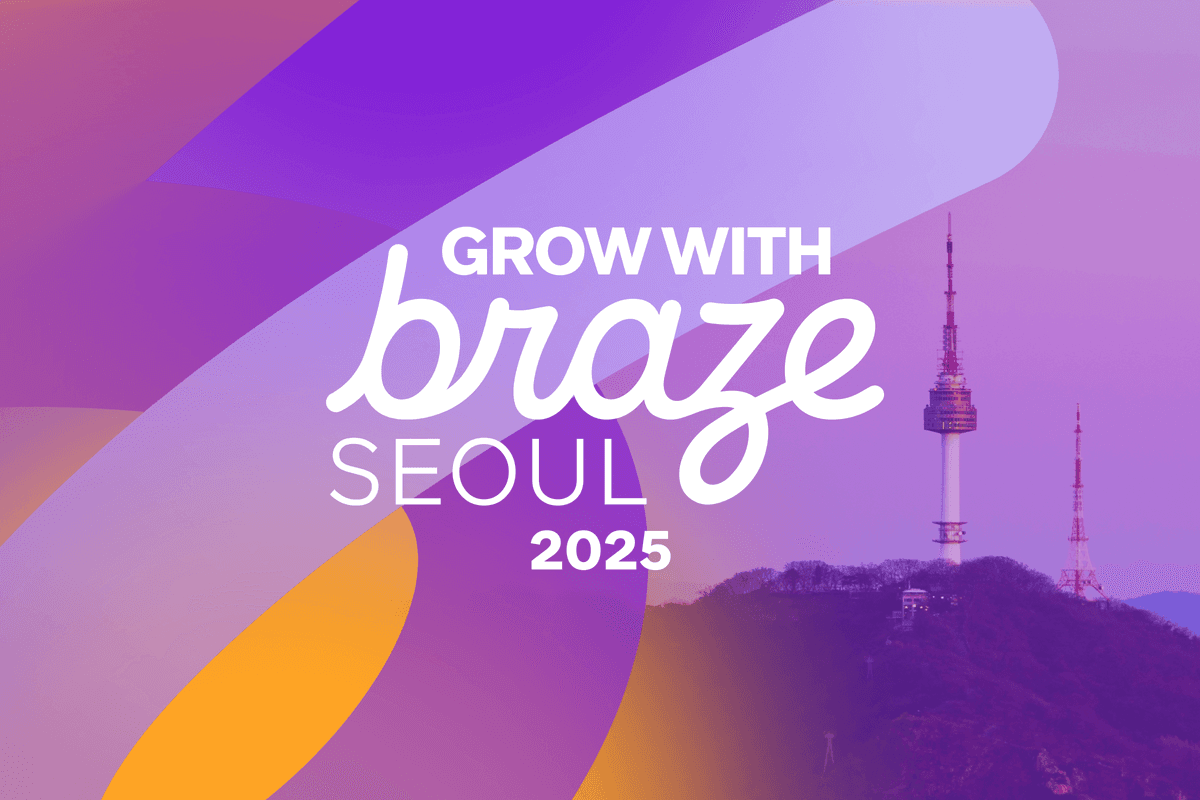App Subscriptions: Get Customers to Make the Jump (and Stay There)
Published on May 26, 2017/Last edited on May 26, 2017/5 min read


Team Braze
For mobile apps, customer acquisition can be tough. You’ve got to prove value to convince customers to allocate space on their phones for your company’s app—which can be hard, since users tend to spend the bulk of their time on the same few apps. Even harder? Getting your users to upgrade from free accounts to paid subscription app services.
The payoff, though, is worth it. Companies with a subscription-based business model can significantly boost average revenue per user (ARPU) by billing customers on a recurring basis rather than generating revenue solely from ads or one-time in-app fees. But while it may be a worthwhile endeavour in terms of revenue, making it happen means taking your marketing strategy to the next level.
Of course, there are no guarantees if you build a subscription service that the users will come. To get there, you’ll need to sell your non-paying users on the value of subscribing, then deliver on that value over the life of the subscription. That’s not easy—but if you do it right, your subscribers will be retained, your subscriptions will be renewed, and your audience will be happy enough with your brand to (hopefully) spread the word about the benefits of engaging with your brand.
So how can we increase app subscriptions?
To make the case to your audience that subscriptions will provide more value than using the free version of your app, you’ll need to make effective use of some of today’s most powerful mobile marketing tools and tactics. Here are a few that can help you successfully make your case to customers:
Customer segmentation
Just how powerful is targeted messaging? Defining key subgroups of your user base by demographics, interests, and app activities so that you can understand each segment’s unique needs and motivations and create targeted campaigns for these segments has been found to increase conversions by 200%. By targeting your messaging to customers based on their actual interests and behavior, you can increase the chances that they decide the subscribe, boosting overall revenue.
Campaign insights
Considering launching a new promotion or overhauling an existing campaign to drive sign-ups for your in-app subscription? A/B and multivariate testing can help you identify what copy, imagery, channel, and other factors are doing the most to drive conversions. Plus, using control groups can help you measure how your messaging is impacting user behavior—such as keeping tabs what’s incentivizing people to upgrade from free accounts to paid.
Cross-channel messaging
Communicating with your audience through two or more of the major mobile touch points (email, push, in-app, web push, and news feed cards), particularly while onboarding and explaining the different features of your service, can help increase retention by over 130%. That can do a lot to ensure that customers stick with your subscription tier, supporting your customer retention and monetization efforts.
7 brands building a business on app subscriptions
1. Comixology

This comics app offers select stories for free to all of their users; however, , through in-app messaging, it encourages users to upgrade to its unlimited plan to be able to enjoy unlimited reading.
2. Coloring Book for Me

Color Book for Me offers a free trial as the next step between the free, ads-based version of its app, and the premium paid, ads-free account. Offering free trials is a popular marketing tactic, and while not all free trial campaigns produce desired results, following best practices can help companies convert trial users to paying subscribers.
3. Ballz

Game app Ballz has a “freemium” model, which gives users a chance to test out a free, ads-based version of the game before deciding to upgrade to the full version. While this method allows Ballz to capitalize on app downloads, having an ads-based experience may be a turnoff to some users, and could, as AdWeek explains, lead to churn and app abandonment.
4. Headspace

As part of health and wellness app Headspace’s onboarding experience, they pair a welcome email with in-app messages that explain the benefits of upgrading from a free to a paid account. Email is a natural second channel, as it allows Headspace to elaborate on details that may be too lengthy for initial in-app onboarding screens.
5. Pandora

Pandora is a case study in how introducing a subscription model can yield incremental increases in revenue through small increases in paying users. By the numbers, while less than 5% of the music-streaming app’s users are paying customers, these subscribers have increased 60% annually for the last several years. While this is still a small percent of Pandora’s total user base, it now accounts for 20% of its revenue. Sometimes slow and steady really can win the race.
6. The New York Times

As we’ve discussed, converting app users to subscribers can generate new revenue streams for businesses. In the case of the New York Times, its paying subscribers have an ARPU that’s 7 times higher than non-paying users. Here, the New York Times uses in-app messages to reminds non-paying users of how many more articles they can read for free. In this case, users will either be more selective in which articles they choose to read with the free service, or will be enticed to upgrade to the paid model. Either way, the messaging provides for a transparent user experience.
7. Burner

It’s no secret that early retention can be a challenge for mobile apps—75% of app downloaders do not return to an app on the day after first use. Because of this, mobile marketers may only have one shot to convey the value of the app, including the app’s different subscription levels. Here, we see Burner do just that with onboarding in-app messages that highlight the benefits that come with upgrading.
Next Steps: Monetizing Your App
Looking to monetize your app? Learn the 30 essential stats on in-app purchases and monetization, and get tips for succeeding in this multi-billion dollar business.
Be Absolutely Engaging.™
Sign up for regular updates from Braze.
Related Content
View the Blog
The power of mobile app automation: Benefits, use cases, and best practices

Team Braze

Customer onboarding automation: Benefits, strategies, and best practices

Team Braze

Moving beyond demographics to true understanding: Key insights from Grow with Braze Seoul 2025
